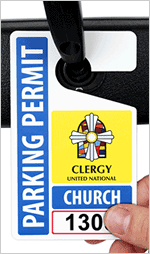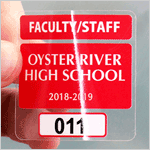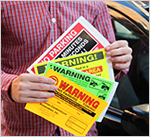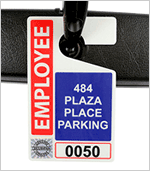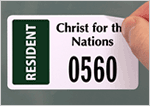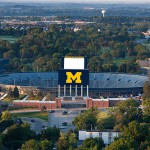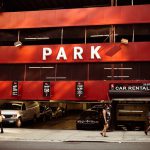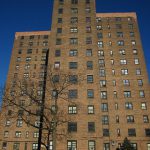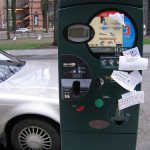University of Michigan rejects privatized parking
The University of Michigan (UM) became the latest in a number of higher education institutions to weigh in on privatized parking when it opted not to privatize its parking system.
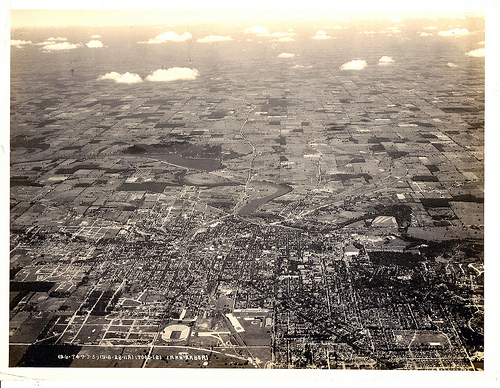
Ann Arbor, circa 1928. From Wystan.
The university began exploring the idea after Ohio State University (OSU) struck a deal with private investors who agreed to lease and operate its parking lots and garages for fifty years. In return, OSU received $483 million upfront, a lump-sum payment that the university said would provide $3.1 billion in investment earnings over five decades. The funds would be used to grow OSU’s academic programs, scholarships, and bus service, the university claimed, as well as recoup revenue lost when the state cut funding for public colleges.
OSU’s decision stoked the ongoing debate about the privatization of public assets and the role that colleges and universities, which often act as anchor institutions in cities and towns, can play in the trend. For instance, not long ago Brown University, a private college, entered into a deal with Providence whereby it would control the city’s parking operations. In exchange, Brown would be able to expand its payment-in-lieu-of-taxes agreement with the city, a move that essentially converted public resources into private assets.
Such agreements declaw the public’s oversight mechanisms, argued scholar Ellen Dannin, because private companies do not have to follow the same rules of disclosure that public institutions must. Furthermore, privatizaton is a covert way for universities to take out loans “secured by… parking meter revenues,” added scholar Julie Roin.
Despite the controversy, colleges and universities have continued to toy with the possibility. Colorado State University in Ft. Collins is currently considering privatized parking, for example, while Indiana University (IU) decided against it last fall.
Greenhill & Co., one of three consultancies hired by IU to assist its privatization study, also helped UM arrive at its decision. The firm concluded that the university’s vast parking operations, which total 28,000 spots, run efficiently but could benefit from technology upgrades. UM, which anticipates parking revenue of $25.5 million in 2014, according to budget data, additionally determined that the financial returns from a public-private partnership would not be high enough to justify the risks and loss of flexibility involved in such a deal.
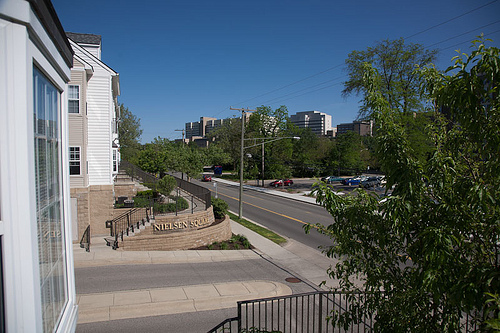
Visible to the right: a sliver of UofM parking. From Andypiper.
The university, then, will continue to generate alternative revenue sources and cut recurring costs. While it implemented a freeze on parking-fee increases in 2014, UM plans to raise fees 2.5 percent to 4.5 percent over the next three years for its two highest tier passes—the gold and blue permits that allow drivers to park within walking distance of the campus centers. Currently, the annual fee for a gold permit is $1,577; for a blue permit, it’s $667.
Starting in 2017 and the years thereafter, UM plans to raise the annual parking fee 3 percent each year. The fees are used to service debt for the university’s parking and transportation projects, such as the construction of a new parking structure currently underway that will add 225 more spaces to UM’s portfolio.
Related Posts
Category: Education, Parking management

